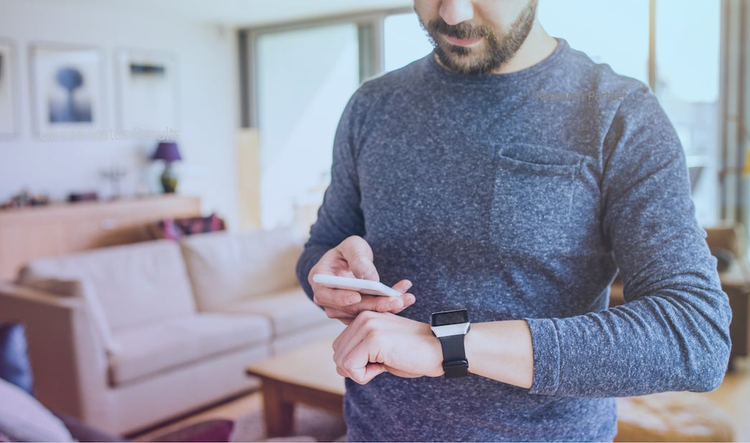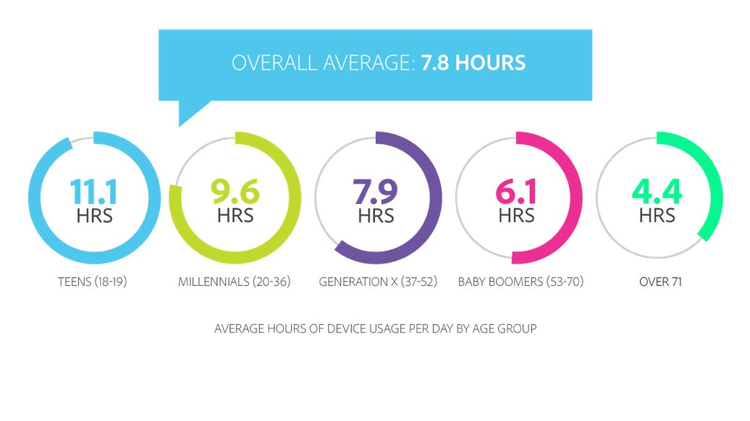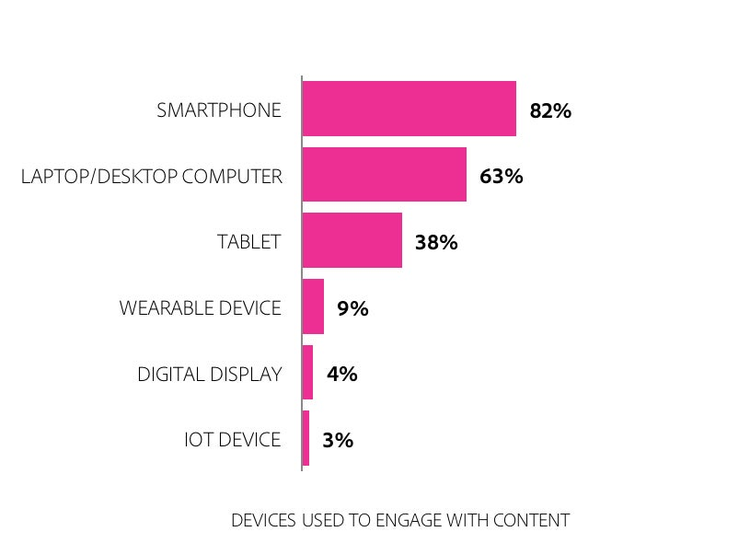Two-thirds of survey respondents say it’s important for brands to automatically adjust content based on their current context. And when they don’t?
Attention has become a precious commodity in the digital age. But how’s this for a brand wakeup call? Consumers in the United States spend about the same amount of time sleeping each day—an average 7.8 hours—as they do engaging with digital content.
That’s one of many eye-opening findings in a new research report from Adobe, CMO.com’s parent company, which surveyed over 1,000 consumers. The number of digital consumption hours is even higher for the younger generations, such as Millennials, who spend 9.6 hours per day, on average, consuming digital content.
“The challenge today for brands is that there’s so much more content being created, and so it has become very competitive in terms of getting people’s attention,” said Loni Stark, senior director of strategy and product marketing at Adobe. “It’s becoming harder and harder to stand out. That’s why many brands are setting the bar higher by engaging with customers on a personal level with content and messaging that is personalized, relevant, and more likely to garner engagement.”
According to Stark, personalization strategies are becoming table stakes for brands that want to effectively compete in the digital landscape. Indeed, 67% of respondents said it’s important for brands to automatically adjust content based on their current context. And when they don’t? A whopping 42% of respondents said they get annoyed when their content isn’t personalized. That’s followed by 33% who get annoyed when content is poorly designed, and 29% when content isn’t optimized for their devices. What’s more, an alarming 66% of consumers said encountering any of these situations would stop them from making a purchase.
The Adobe survey also found that consumers are not only engaging with digital content more, but 55% are doing so across various devices simultaneously. That speaks to the difficulty of catching their attention. When asked about engaging with content on newer devices, consumers said they expect to engage the most with home entertainment streaming devices and smart speakers/home assistants.
As for the purchase process specifically, consumers said they engage on multiple channels throughout. For example, 48% of consumers will visit a brand’s website to research a product. Interestingly, 37% of teens and 27% of Millennials use video channels to do so. For the actual purchase, 59% of consumers go to online marketplaces, while 49% visit a store. Following the purchase, more than half (51%) go back to the brand’s website to engage. Also important to note: A full 58% of consumers use a smartphone or connected device in a store to help inform their purchases.
“This is why brands need to connect experiences across online and offline channels,” Stark told CMO.com. “We’re finding that the branded mobile app is turning into a loyalty tool, while the website is more about discovery.”
https://www.slideshare.net/adobe/2018-adobe-consumer-content-survey



